
Inventing Toys: Kids Having Fun Learning Science
Grades 4-8
2002 by Ed Sobey
Printed in the United States of America
ISBN-13: 978-1-56976-124-3
ISBN-10: 1-56976-124-8
Published by:
Zephyr Press
An imprint of Chicago Review Press, Incorporated
814 North Franklin Street
Chicago, Illinois 60610
www.zephyrpress.com
All rights reserved. The purchase of this book entitles the individual teacher to reproduce some activity sheets for use in the classroom. The reproduction of any part for an entire school or school system or for commercial use is strictly prohibited. No form of this work may be reproduced, transmitted, or recorded without written permission from the publisher. Requests for such permissions should be addressed to Zephyr Press.
 Zephyr Press is a registered trademark of Zephyr Press, Inc.
Zephyr Press is a registered trademark of Zephyr Press, Inc.
Library of Congress Cataloging-in Publication Data
Sobey, Edwin J. C., 1948
Inventing toys : a hands-on discovery of science / Ed Sobey.
p. cm.
Includes bibliographical references.
ISBN 1-56976-124-8
Inventions. 2. Children as inventors. 3. Learning by discovery. [1. Inventions.] I. Title.
T339 .S695 2001
608dc21
00-068587

In memory of
Helen Chapin Sobey

Through her love
and sense of wonder
she empowered creativity,
inspired exploration,
and encouraged learning.

Contents
Preface
O ne day when I was living in Akron, Ohio, I mentioned to our two sons that I was thinking of running an egg-drop contest at the National Invention Center (Inventure Place) there. I needed to get some idea of the types of devices kids would build to protect an egg from breaking when dropped from thirty feet up. Basically, I was recruiting our children to run experiments for me.
On my second trip to the grocery store to buy yet another dozen eggs it struck me that our sons were learning about physics, properties of materials, and experimental design. (I was learning to purchase eggs in quantity to avoid extra trips to the store.) The boys were having a blast doing science. At school, however, they were bored with science, which was taught in a traditional format with lots of lecture and a few cookbook labs. A subsequent visit to Science North, one of the best museums in North America, confirmed this: my children liked science but disliked science education.
My experiences during the decade since that time have confirmed in my mind that kids like science (as well as art, music, and other subjects) when they have the freedom to explore and express themselves. Unrestricted from conforming to someone elses learning style, pace, and interests, kids enjoy discovering and learning. Certainly the popularity of surfing the web supports that notion.
I developed this book as a tool to enable kids to experience doing science in the classroom. The workshops contained in the book have evolved as teachers and students from coast to coast experienced them and provided constructive criticism as well as enthusiastic feedback.
One fifth-grade student in the Tacoma Public Schools described her workshop as the best day in school, ever. To get that kind of response, I will keep going to the grocery store to buy eggs or whatever else is needed. I hope you will, too.
How to Use This Book
I nventing is unlike traditional schoolwork. It is creative, fast-paced, and student-directed. Students work in teams, share information and ideas, and help each other learn concepts and develop skills. To accommodate this style of learning, teachers need to restructure the classroom and classroom attitudesand to a certain extent, they also have to restructure their own roles. This book was written to facilitate the process.
in its entirety before beginning the planning for their first workshop, and they may wish to refer to it at various times thereafter.
, the core of the book, presents detailed teaching support for a series of six inventing workshops, each organized around a different challenge. Each workshop should take from 90 to 120 minutes to complete. Thus, when flexible scheduling is an option, it is possible to fit one workshop into a extended science teaching period. Alternatively, an enjoyable and efficient approach is to do several workshops in one day. This saves time rearranging the room, gathering tools and materials, and preparing students. Devoting a full day to inventing also makes a stronger impact on students and provides better reinforcement of the science concepts.
The workshops may be done in any order; however Workshop 1, Reverse Engineering, differs slightly from the others in focus. The challenge of this activity, rather than inventing a particular type of toy, is to use experimentation followed by direct observation as a means of verifying conjectures about how an existing toy works. Because this workshop builds analytical skills that will help students to improve their later inventions, it provides a good starting point for student inventors. (Note that this workshop can be conducted using two different types of widely available toy cars; an alternate set of workshop notes is provided to support the choice of either type of car.)
As part of the planning process for a workshop or workshops, the teacher should review the materials list, skim through the teaching notes, and look over the blackline masters that are provided for student handouts. Reviewing the Science Content and Teachable Moments sections just prior to conducting a workshop will make it easier to capitalize on the many opportunities for instruction that will arise during the course of the workshop. Correlations to American Association for the Advancement of Science Benchmarks and National Research Council Science Education Standards are also provided for each workshop.
also contains the alternate version of Workshop 1, Reverse Engineering.
Aside from the instructions and directions provided, the overall guide to science and learning science is this: follow the most interesting path. This book can transport teachers and students to intellectual meadows from which dozens of trails originate. Following the one(s) that excite students will ensure that the class is on the right path.
Part I
Inventing to Learn

Education is not the filling of a pail, but the lighting of a fire.
William Butler Yeats
Inventing and Learning
What is Inventing?
Inventing is the process of creating a new device or material, or a new variety of plant or animal. Although most people associate inventing with coming up with new ideas, ideas in themselves are not inventions. Inventing is really about making new things.
Until the inventor can prove a device works or a material can be made, its not an invention. Most ideas for new products fail because no one takes them far enough to build a working model. Everyone has ideas, but only a few people take action on their ideas. Those who do, we label inventors.
Next page
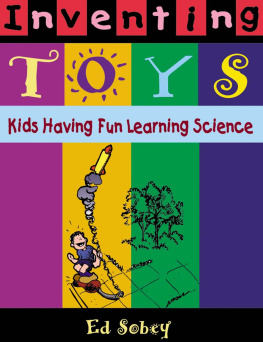
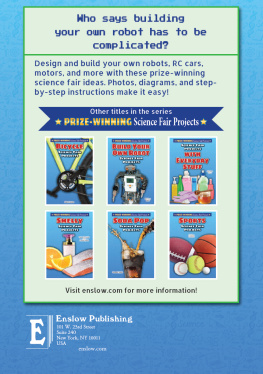
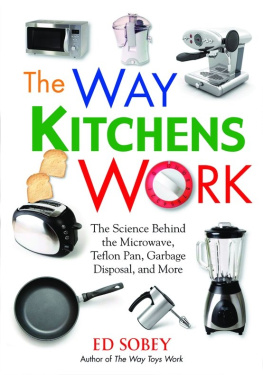

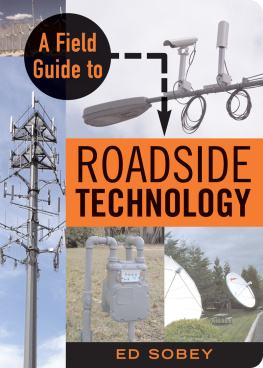
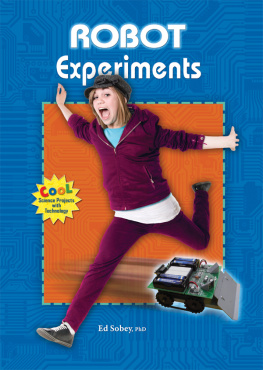
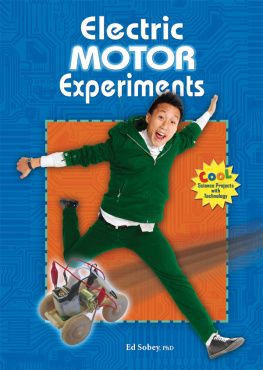
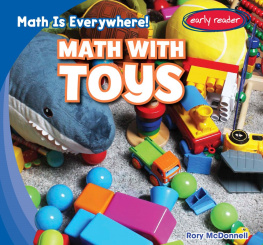



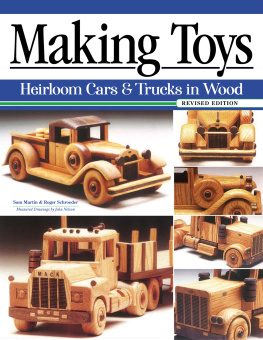
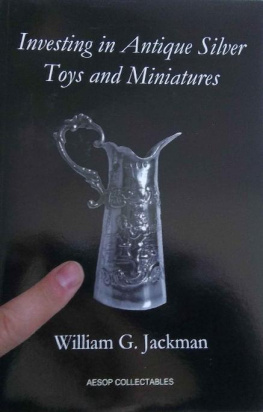
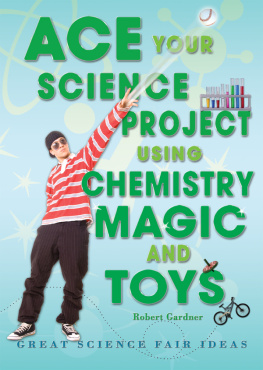
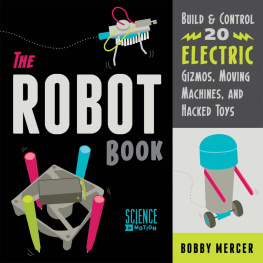

 Zephyr Press is a registered trademark of Zephyr Press, Inc.
Zephyr Press is a registered trademark of Zephyr Press, Inc.


